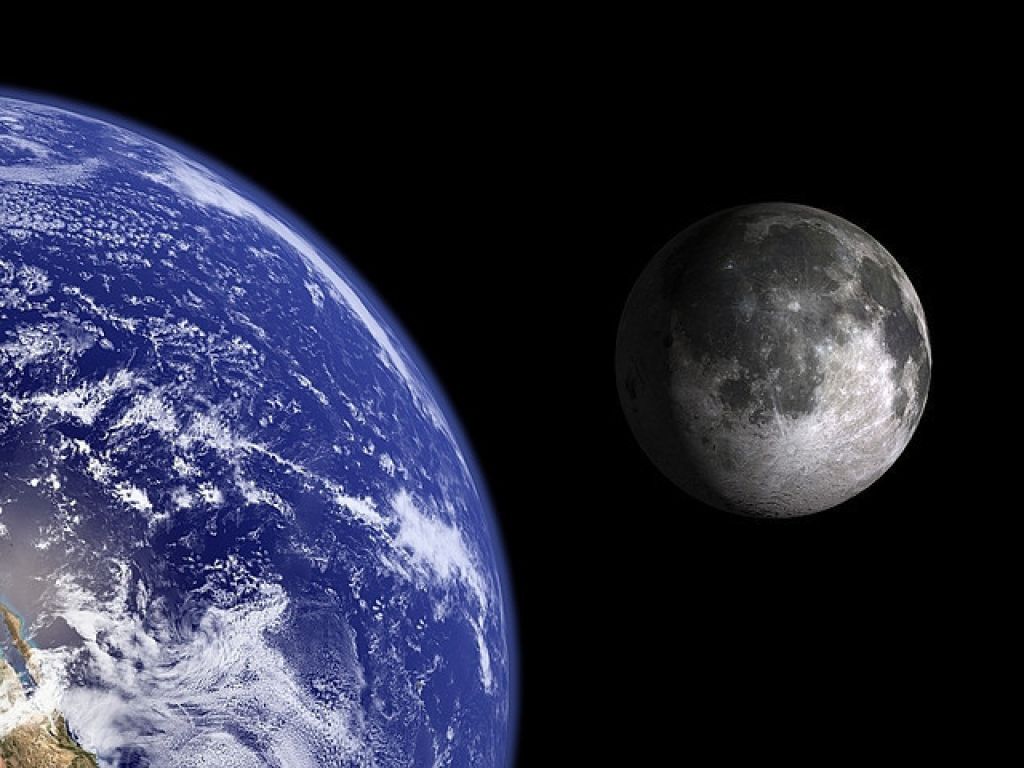Research shows that Moon water came from primitive Earth

New research published in the journal Sciencehas shown that water discovered on the Moon is chemically identical to that of ancient Earth, leaving experts to again question the creation of our celestial neighbour.
According to the existing theory, our Moon was formed roughly 4.5-billion years ago when an object smashed into the Earth’s surface, tearing away a gigantic disc of molten debris that hurtled into our gravitational orbit.
This cataclysmic collision would have generated enough heat to obliterate any trace of liquid on the Moon, but this latest discovery proves this may not be the case. It also suggests that the Earth was born with water already present, not solely delivered by comets and asteroids that smashed into its surface billions of years ago.
“The simplest explanation for what we found is that there was water on the proto-Earth at the time of the giant impact. Some of that water survived the impact, and that’s what we see in the moon,” said Alberto Saal, a geologist at Brown University and the study’s lead author.
Using samples retrieved from two Apollo missions – green-tinged stone collected by Apollo 15 in 1971, and orange material gathered by Apollo 17 in 1972 – scientists found tiny droplets of volcanic glass trapped inside crystals within the rock back in 2008.
After further analysis conducted recently, they discovered that the water was chemically identical to that of ancient Earth. These findings do not necessarily negate the notion that the Moon was formed after a giant planetary impact, but scientists still cannot explain how water was able to survive.
“The impact somehow didn’t cause all the water to be lost,” said Saal. “But we don’t know what that process would be.”
They were able to determine the origin of the Moon’s water by measuring the ratio of deuterium (also known as heavy hydrogen) to hydrogen in the water molecules trapped inside these Moon rocks, and comparing that ratio to water molecules from different areas of our solar system.
Objects formed closer to the Sun have less deuterium than objects formed further out in the solar system. After analysing samples of Moon rock, researchers found that their deuterium ratio matched those on meteorites in the asteroid belt near Jupiter, thought to be among the oldest objects in the solar system.
Saal believes Earth may have formed near where the asteroid belt is now, a distance far from the Sun that would allow water to condense. The planet would then have moved inward as it continued to form. This theory is difficult to prove, as geological activity on Earth has recycled the rock over billions of years, destroying the evidence. One of the reasons why Moon rocks are so valuable …